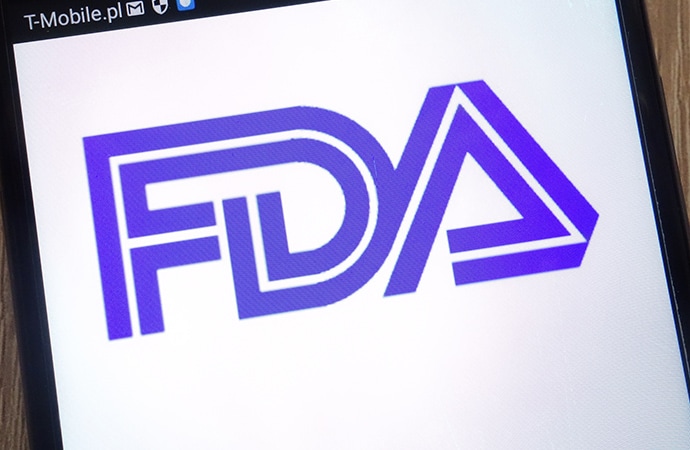FDA Pilot Program Aims to Reduce Risk of Diagnostic Tests for Cancer
Core Concepts
FDA's pilot program aims to improve the accuracy and reliability of diagnostic biomarker tests for cancer treatment decisions.
Abstract
The FDA has introduced a pilot program to address concerns about the accuracy and reliability of laboratory-developed diagnostic biomarker tests for cancer treatment decisions. The program aims to enhance transparency and establish minimum performance criteria for these tests, ultimately improving cancer care for patients. Key highlights include:
- FDA's concerns about the accuracy of some laboratory-developed tests not authorized by the FDA.
- In vitro companion diagnostics granted marketing authorization alongside cancer therapy approval.
- FDA's decision to approve cancer therapy in limited circumstances without an authorized diagnostic test.
- Launch of a pilot program to provide transparency and performance recommendations for diagnostic tests.
- Evaluation of up to nine drug sponsors in the initial phase of the program.
- Importance of the guidance and pilot program in addressing safety risks associated with poorly performing laboratory-developed tests.
Customize Summary
Rewrite with AI
Generate Citations
Translate Source
To Another Language
Generate MindMap
from source content
Visit Source
www.medscape.com
FDA Pilot Program Aims to Reduce Risk of Diagnostic Tests for Cancer
Stats
"the benefits from the use of the therapeutic product are so pronounced as to outweigh the risks from the lack of an [in vitro companion diagnostic] with marketing authorization" - FDA guidance, 2014
The FDA plans to evaluate no more than nine drug sponsors for the pilot program.
Quotes
"We believe this guidance and the launch of the pilot program are important steps toward addressing safety risks posed by the use of poorly performing laboratory developed tests." - Jeff Shuren, MD, JD
Key Insights Distilled From
by Patricia Mck... at www.medscape.com 06-28-2023
https://www.medscape.com/viewarticle/993801
Deeper Inquiries
How can the FDA ensure the effectiveness of the pilot program in improving diagnostic test accuracy?
The FDA can ensure the effectiveness of the pilot program by closely monitoring the performance information provided by drug manufacturers for diagnostic tests used in clinical trials. By assessing this data and establishing minimum performance criteria, the FDA can set standards for test accuracy. Additionally, the agency can regularly evaluate the results of the pilot program and make adjustments as needed to enhance the accuracy of diagnostic tests. Collaboration with stakeholders, such as laboratories and healthcare providers, can also help in refining the program and ensuring that it achieves its goal of improving diagnostic test accuracy.
What potential challenges might arise in implementing the minimum performance criteria for diagnostic tests?
One potential challenge in implementing minimum performance criteria for diagnostic tests is the variability in test methodologies and technologies used by different laboratories. Ensuring that the criteria are applicable across a range of tests and platforms can be complex. Additionally, setting appropriate thresholds for performance criteria that balance sensitivity and specificity without being overly restrictive or lenient can be challenging. Another challenge could be the need for ongoing updates to the criteria to keep pace with advancements in diagnostic technologies. Ensuring compliance and adherence to the criteria by all stakeholders involved in diagnostic testing is also crucial for the success of the program.
How can transparency in diagnostic test performance benefit both patients and healthcare providers in the long term?
Transparency in diagnostic test performance can benefit patients and healthcare providers by providing them with reliable information to make informed decisions about cancer treatment. Patients can have confidence in the accuracy of diagnostic tests used to guide their treatment, leading to better outcomes and potentially avoiding unnecessary or ineffective therapies. Healthcare providers can use transparent performance data to select the most appropriate tests for their patients, improving the quality of care. Additionally, transparency can foster trust between patients, healthcare providers, and regulatory agencies like the FDA, ultimately enhancing the overall quality and safety of cancer care in the long term.
0
